Introduction to Alternaria spp.
Alternaria spp. (a group of Ascomycete fungi) are known for their saprophytic nature, thriving in decomposing soil and plant matter. These fungi are ubiquitous, found in various environments such as soil, air, and plants. They have significant roles as plant pathogens and can also impact human health.
Common Species of Alternaria spp.
There are over 299 species of Alternaria. The most well-known include A. alternariae, A. botrytis, and A. leptinellae. These species can be endophytic (living inside plant parts like seeds and fruits), causing damage such as mango rot. Examples: Alternaria alternata (Black Mold), Alternaria brassicae (Cabbage Leaf Spot), Alternaria solani (Early Blight).
Clinical Impact of Alternaria Species
Some Alternaria species are clinically significant, causing allergic reactions like hypersensitivity pneumonitis (lung inflammation due to allergens). Alternaria alternata is known to cause subcutaneous phaeohyphomycosis (a fungal skin infection) and mycotic keratitis (fungal eye infection). It is the most common species associated with human infections.
Habitat of Alternaria alternata
Alternaria alternata is saprophytic (thriving on decomposing materials) and is commonly found in organic materials, soil, and moisture-rich environments. Some species are also endophytic, living within plant parts like seeds and fruits, which can lead to plant diseases and subsequent transmission to animals, causing infections in both humans and animals.
Morphological and Cultural Features of Alternaria alternata
Alternaria alternata forms long chains of dark brown conidiophores (spore-bearing structures) in culture. They thrive in moist, nutrient-rich environments, producing asexual spores known as conidiospores (conidia). The conidia are large, dark, and have short beaks and fine long septate (segmented structures). Examples include Brassica oleracea (Cabbage), Lycopersicon esculentum (Tomato), and Solanum tuberosum (Potato).
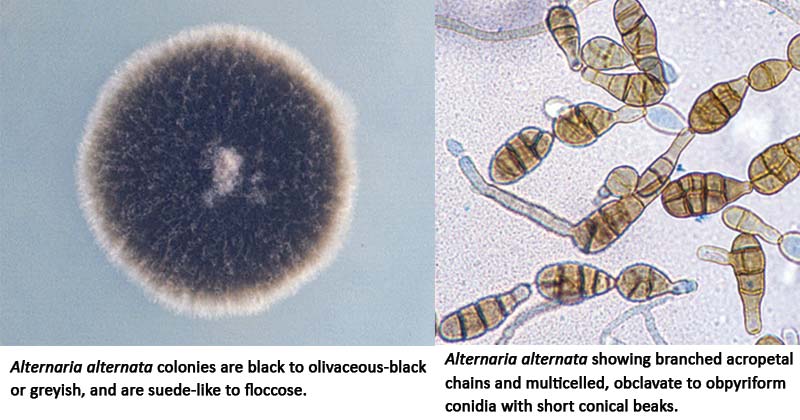
Life Cycle of Alternaria alternata
Conidiospores are dispersed by wind or water, landing on plant parts like leaves, fruits, or seeds. Germination occurs in moist environments at 31-32°C, leading to the formation of conidiophores that produce brownish conidia with short beaks. The conidiophore appears as a straight or flexuous chain. Examples include Cucumis sativus (Cucumber), Malus domestica (Apple), and Pyrus communis (Pear).
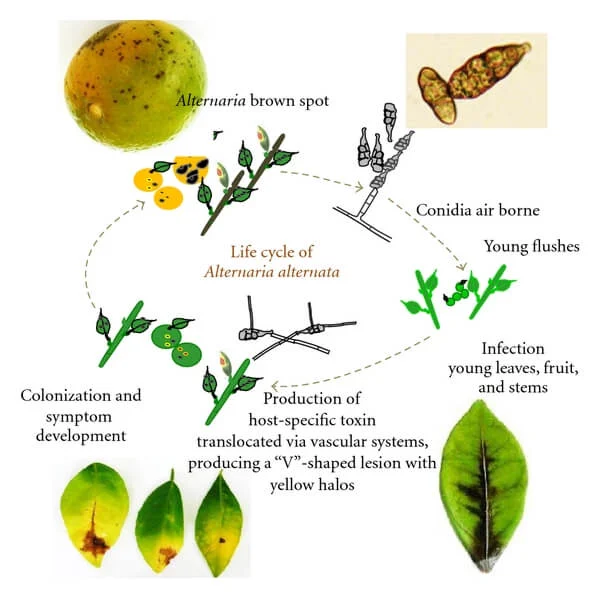
Pathogenesis of Alternaria alternata in Humans
Alternaria alternata causes cutaneous (skin-related) and subcutaneous infections (underlying skin layers) in immunocompromised individuals. Infections include rhinosinusitis (sinus), onychomycosis (nails), and oculomycosis (eye). The fungi also produce mycotoxins (toxic compounds) leading to mycotoxicosis with varying severity. Examples include Homo sapiens (Human), Canis lupus familiaris (Dog), and Felis catus (Cat).
Pathogenesis of Alternaria alternata in Plants
Alternaria alternata causes Brown and Black spot on plant leaves and mycotoxicosis (toxic effects). The infection begins at the leaf edges, causing necrosis (tissue death) and chlorosis (yellowing). On fruits like mangoes, it causes mango rot, leading to darkening and damage. Examples include Mangifera indica (Mango), Citrus sinensis (Orange), and Solanum lycopersicum (Tomato).
Mycotoxicosis in Plants by Alternaria alternata
Alternaria alternata produces secondary metabolites (by-products) like phytotoxins and mycotoxins that spoil plants. These toxins lead to diseases like Tomato black mold, olive black rot, and citrus black/grey rot. Infected plants experience spoilage and decay. Examples include Olea europaea (Olive), Citrus aurantium (Bitter Orange), and Daucus carota (Carrot).
Specimen Collection
Plant exudates, lesion biopsy, and pus cells are commonly collected specimens for diagnosing Alternaria alternata infections. These samples are crucial for isolating the pathogen and determining the infection's extent.
Examples: Alternaria solani (early blight of tomato), Alternaria brassicae (black spot of crucifers), and Alternaria dauci (carrot leaf blight).
Cultural Examination
Culturing on Sabouraud Dextrose Agar and Potato Dextrose Agar at 28-32°C promotes rapid growth. Colonies appear black-olivaceous-black or greyish with a suede-like to floccose texture. Microscopic Examination reveals Alternaria alternata's distinctive colony morphology.
Examples: Alternaria tenuissima (leaf spot of cereals), Alternaria alternata (leaf spot of tomato), Alternaria cucumerina (leaf spot of cucumber).
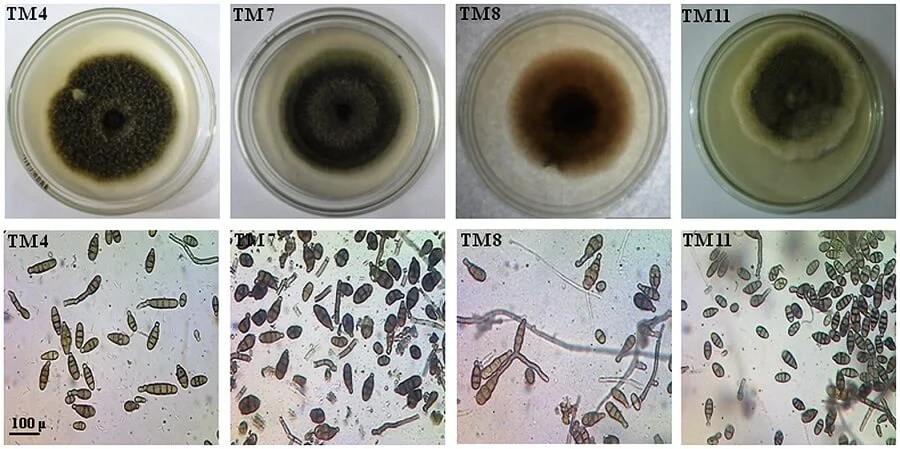
Microscopic Examination
A 10-20% KOH wet mount is used to observe branched chains of large conidia on elongated conidiophores. These conidia are ovoid or ellipsoidal with a cylindrical beak and are pale brown with smooth walls.
Examples: Alternaria alternata (leaf spot of tomato), Alternaria solani (early blight of tomato), Alternaria brassicae (black spot of crucifers).
Histological Examination
Hematoxylin-Eosin stain helps in visualizing dark-colored filamentous hyphae in tissue biopsies and pus exudates. Fontana-Masson silver stain is essential for identifying melanin in the fungal structures, crucial for diagnosing Alternaria alternata infections.
Examples: Alternaria tenuissima (leaf spot of cereals), Alternaria alternata (leaf spot of tomato), Alternaria brassicicola (black leaf spot of crucifers).
Treatment Options
For human infections caused by Alternaria alternata, Voriconazole and Itraconazole are commonly prescribed. Amphotericin B and Flucytosine are also highly effective against infections caused by various Alternaria species.
Examples: Alternaria solani (early blight of tomato), Alternaria brassicae (black spot of crucifers), Alternaria alternata (leaf spot of tomato).


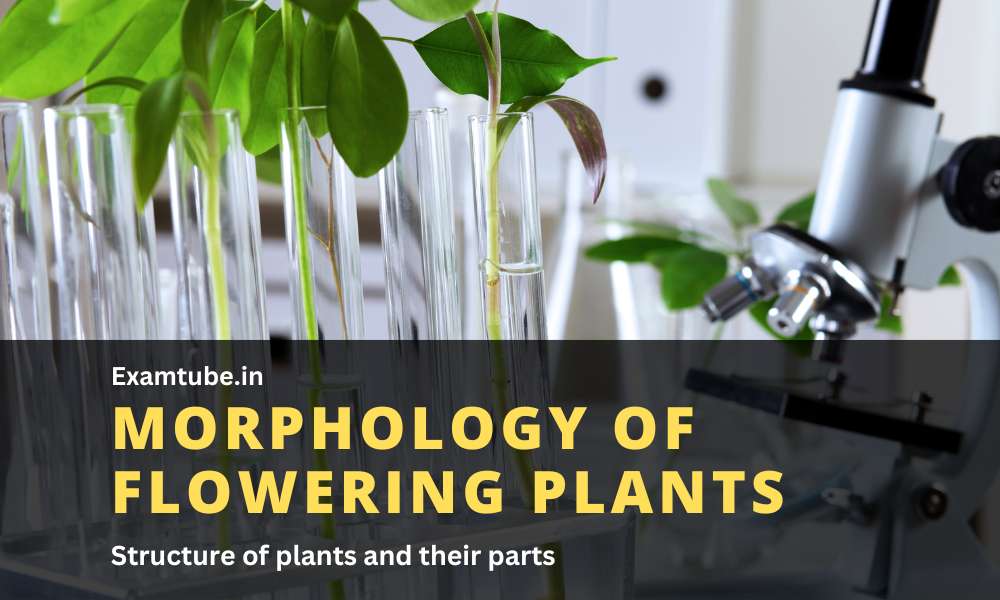
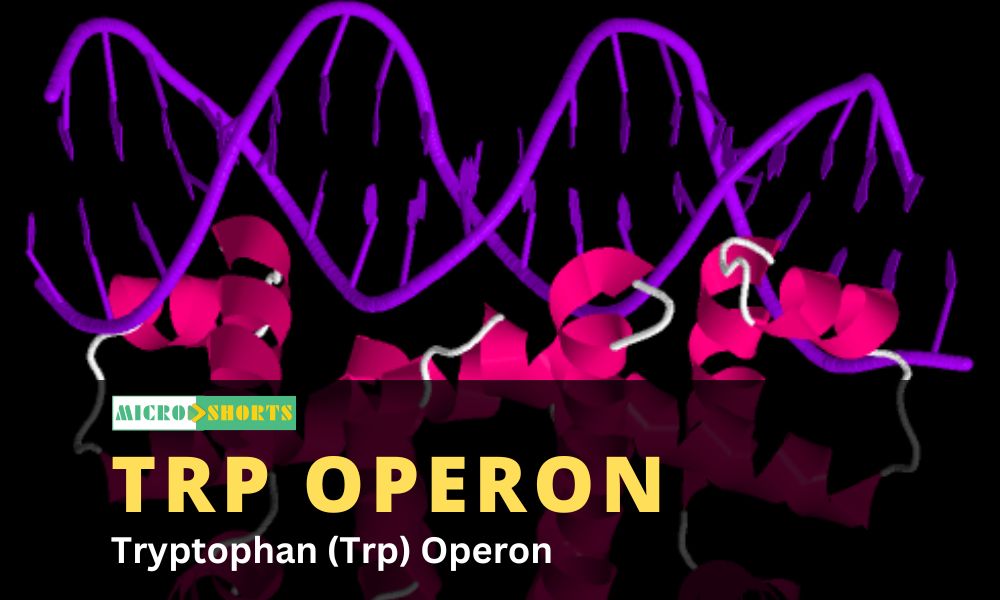


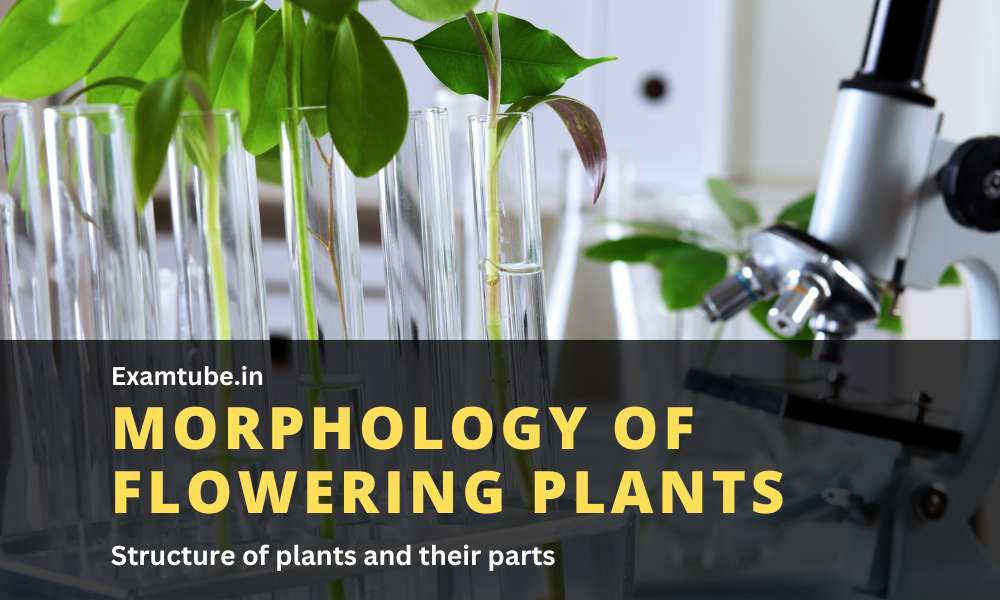


Comments